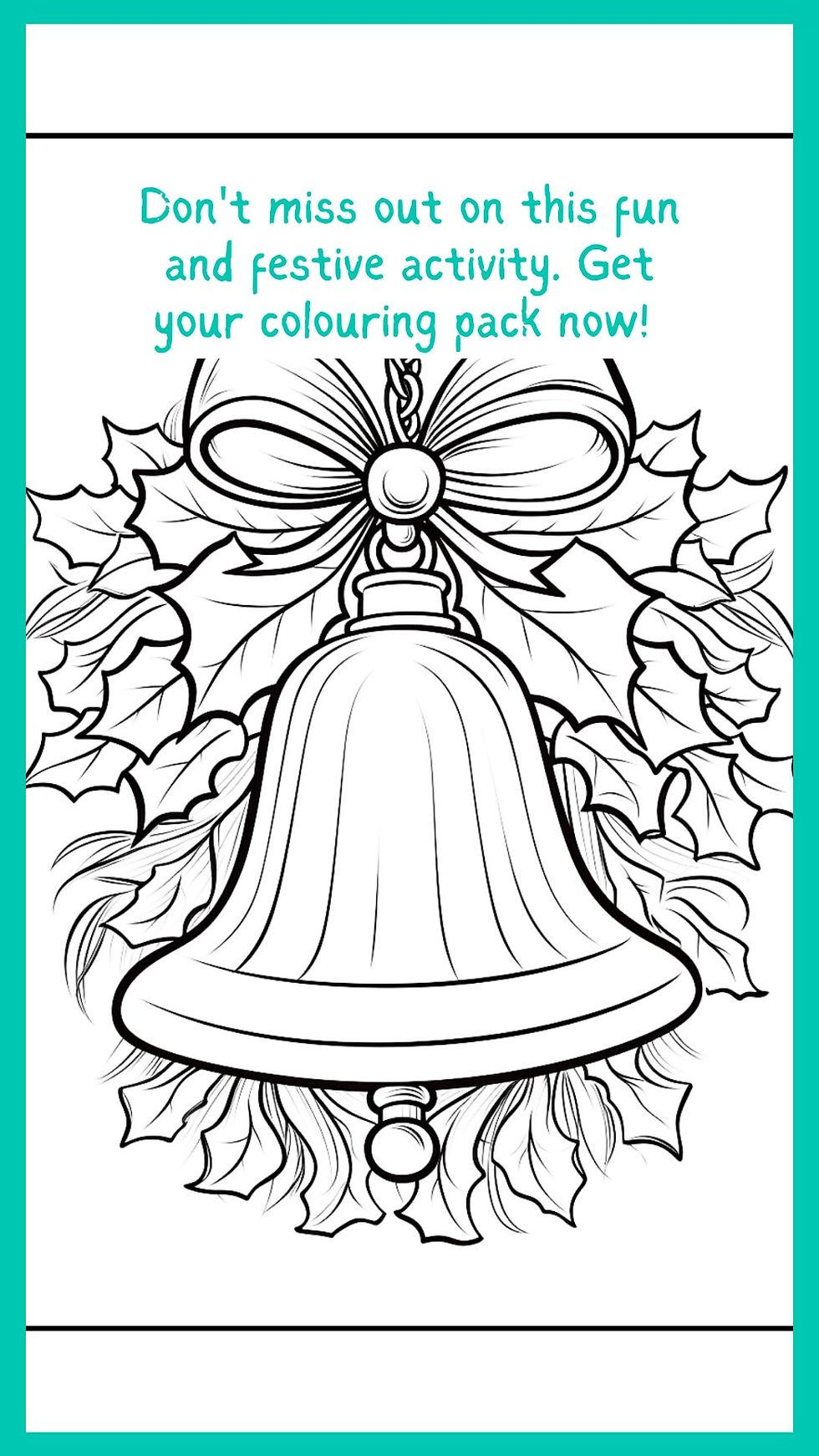Capturing Moments: The Importance of Photography for Activity Coordinators
- Bright Copper Kettles CIC

- Feb 19, 2024
- 2 min read

As an activity coordinator, your role is not only to plan, oversee and execute events but also to create lasting memories for those who participate.
One powerful tool in your arsenal?
Photography.
While it may seem like an added task in your already busy schedule, taking photographs during activities serves multiple purposes, all of which contribute to the overall success and enjoyment of your events.
Let's delve into why and how activity coordinators should prioritise photography:
Documenting Memories:
Photographs provide tangible memories of events and activities. They capture the essence of the moment, preserving it for participants to look back on and reminisce about in the future.
Promotion and Marketing:
High-quality photos can be used to promote future events, this is particularly helpful for residents with dementia. Photographs can also be used to showcase the vibrancy of your programme, and attract new participants.
Visual content is highly engaging and can be shared across various platforms, including social media and newsletters. Family members and friends love to be able to see photographs of their loved ones engaged in activities.

Evaluation and Improvement:
Reviewing photographs allows you to evaluate the success of past events objectively.
By analysing participants' reactions, engagement levels, and interactions, you can identify strengths and areas for improvement, refining future activities accordingly.
Building Community:
Sharing photos with participants fosters a sense of community and belonging.
When individuals see themselves and their peers enjoying activities, they feel connected to the group and are more likely to attend future events.
How to Incorporate Photography Into Your Role:
While smartphones can capture decent photos, investing in a quality camera or hiring a professional photographer for larger events can elevate the visual appeal of your documentation.
Candid shots often convey the genuine emotions and interactions of participants. Be on the lookout for spontaneous moments of laughter, camaraderie, and joy.
Always ask for consent before taking someone's photo, especially in sensitive or private settings. Respect individuals' wishes if they prefer not to be photographed. Note that this doesn't only refer to residents. Your colleagues, guests and professional performers, etc. deserve the same consideration.
Capture a variety of shots, including group photos, action shots, and close-ups of details. This ensures a well-rounded representation of the event.
Take the time to edit and organise your photos after the event. This includes selecting the best shots, editing for clarity and aesthetics, and categorising photos for easy retrieval. Creating photo albums for each month is a lovely way to store your photographs, and makes it easy to demonstrate the range of activities that your residents have been enjoying. It's amazing how your mind can go blank when you are asked about recent activities. When sharing photos online or in print, respect participants' privacy and avoid sharing images that may be embarrassing or unflattering.
Incorporating photography into your role as an activity coordinator is not just about snapping pictures—it's about creating meaningful connections, preserving memories, and enhancing the overall experience for participants.
By prioritising photography and following best practices, you can elevate your events, strengthen community engagement, and leave a lasting impression on everyone involved. So, grab your camera and start capturing those unforgettable moments!








Comments